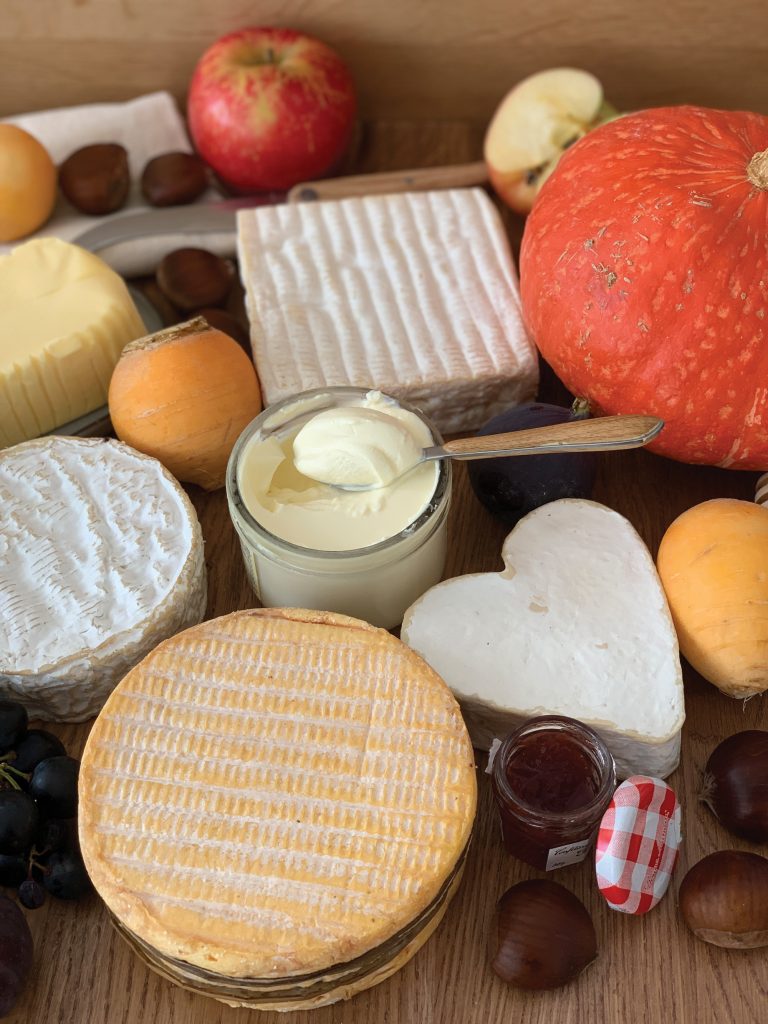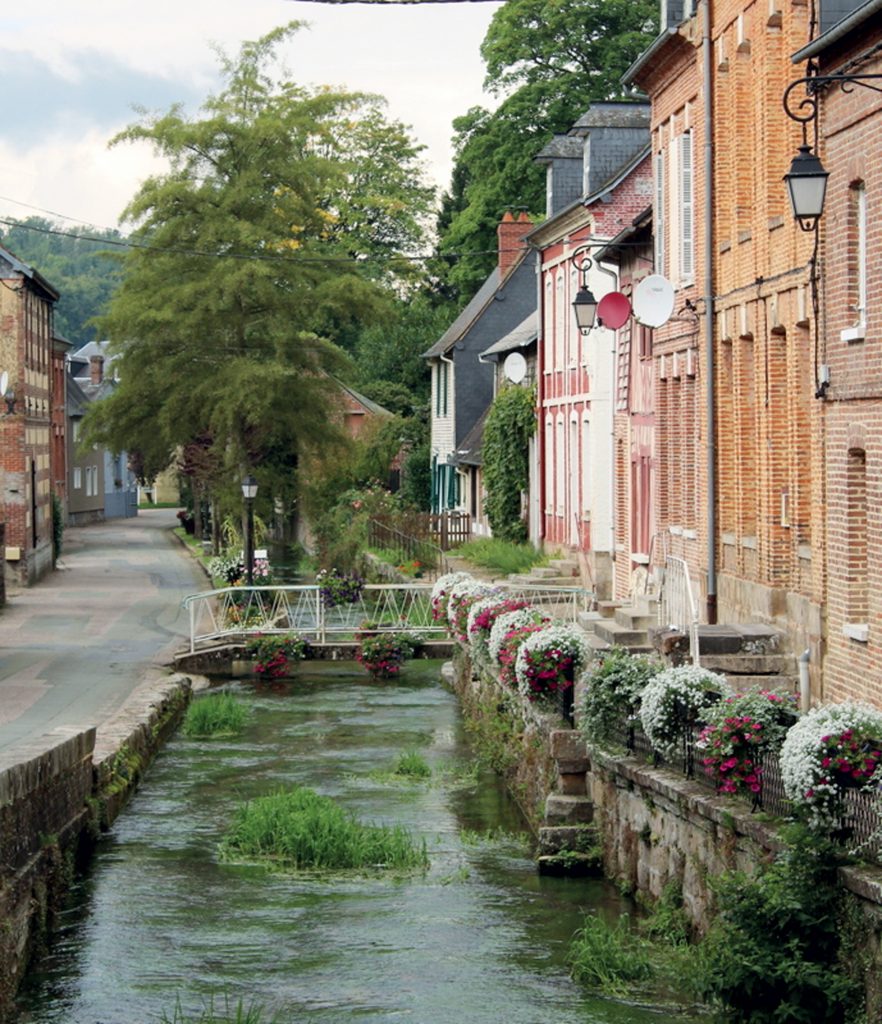Capital of the Pays de Bray, Neufchâtel-en-Bray owes its reputation in part to the cheese of the same name. A former stronghold, it has suffered many assaults, particularly in the 12th and 13th centuries. The town was not spared by the Second World War; 80% of the town was destroyed by repeated bombardments. Following the Second World War, the town was entrusted to the architect Robert Auzelle who rebuilt the town centre. Today, the city is labeled « National Heritage of the 20th century » especially for several of its buildings designed by the architect.
Neufchâtel is the oldest of the Norman cheeses. Writings testifying to its existence can be found as early as the beginning of the 11th century. It is produced in the Pays de Bray, using the resources of the land: cows of the Norman breed producing creamy milk. It was the first Norman cheese to obtain the Protected Designation of Origin in 1969.

Towards the end of the 7th century, an Irish monk by the name of Saëns set up a monastery on the banks of the river Varenne, the origin of the commune. On the edge of the forest of Eawy, Saint-Saëns was famous for its tanneries. The rue des tanneurs recalls this flourishing industry in past centuries. Its remarkable architecture, its facilities and monuments give this town a singular character.

It is not everywhere that you can see cabbages like those of Saint-Saëns. An endemic species, it was cultivated until the middle of the 20th century. An abandoned vegetable, we owe its preservation to enthusiasts who preserve and sublimate it every year by organizing a festival in its name. Belonging to the head cabbage family, some of them can reach up to 20 kg. This cabbage is nowadays the local symbol, you will undoubtedly be able to cross it in the flowerbeds.
